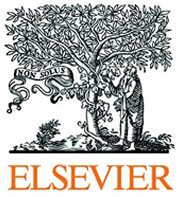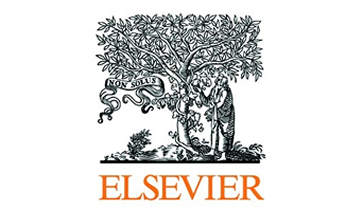
Available online 16 September 2014
Engineering of Δ9-tetrahydrocannabinol delivery systems based on surface modified-PLGA nanoplatforms
Highlights
- •We open promising possibilities to improve the delivery of Δ9-THC through the oral route.
- •We improved Caco-2 uptake by modifying PLGA NPs surfaces.
- •PEGylated nanoplatforms were the most promising formulation for anticancer efficacy.
Abstract
 The objective of this work is to develop a nanoplatform that can potentiate the oral administration of Δ9-tetrahidrocannabinol, a highly lipophilic active agent with very promising antiproliferative and antiemetic activities. To that aim, colloidal carriers based on the biodegradable and biocompatible poly(d,l-lactide-co-glycolide) were investigated. Such delivery systems were prepared by nanoprecipitation, and nanoparticle engineering further involved surface modification with a poly(ethylene glycol), chitosan, or poly(ethylene glycol)-chitosan shells to assure the greatest uptake by intestinal cells and to minimize protein adsorption. Characterization of the nanoplatforms included particle geometry (size and shape), electrophoretic properties (surface charge). Δ9-tetrahydrocannabinol vehiculization capabilities (loading and release), blood compatibility, and cellular uptake and cytotoxicity. Results were satisfactorily used to define the optimum engineering conditions to formulate surface modified nanoparticles for the efficient oral administration of Δ9-tetrahydrocannabinol. To the best of our knowledge, this is the first time that biocompatible polymeric nanoparticles have been formulated for Δ9-tetrahydrocannabinol delivery.
The objective of this work is to develop a nanoplatform that can potentiate the oral administration of Δ9-tetrahidrocannabinol, a highly lipophilic active agent with very promising antiproliferative and antiemetic activities. To that aim, colloidal carriers based on the biodegradable and biocompatible poly(d,l-lactide-co-glycolide) were investigated. Such delivery systems were prepared by nanoprecipitation, and nanoparticle engineering further involved surface modification with a poly(ethylene glycol), chitosan, or poly(ethylene glycol)-chitosan shells to assure the greatest uptake by intestinal cells and to minimize protein adsorption. Characterization of the nanoplatforms included particle geometry (size and shape), electrophoretic properties (surface charge). Δ9-tetrahydrocannabinol vehiculization capabilities (loading and release), blood compatibility, and cellular uptake and cytotoxicity. Results were satisfactorily used to define the optimum engineering conditions to formulate surface modified nanoparticles for the efficient oral administration of Δ9-tetrahydrocannabinol. To the best of our knowledge, this is the first time that biocompatible polymeric nanoparticles have been formulated for Δ9-tetrahydrocannabinol delivery.
Keywords
- Blood compatibility;
- Cannabinoids;
- Cellular uptake;
- Cytotoxicity;
- PLGA nanoparticles;
- Surface functionalization;
- Δ9-Tetrahydrocannabinol
Copyright © 2014 Elsevier B.V. All rights reserved.
Although corrected proofs do not have all bibliographic details available yet, they can already be cited using the year of online publication and the DOI , as follows: author(s), article title, Publication (year), DOI. Please consult the journal’s reference style for the exact appearance of these elements, abbreviation of journal names and use of punctuation.
When the final article is assigned to an volumes/issues of the Publication, the Article in Press version will be removed and the final version will appear in the associated published volumes/issues of the Publication. The date the article was first made available online will be carried over.




